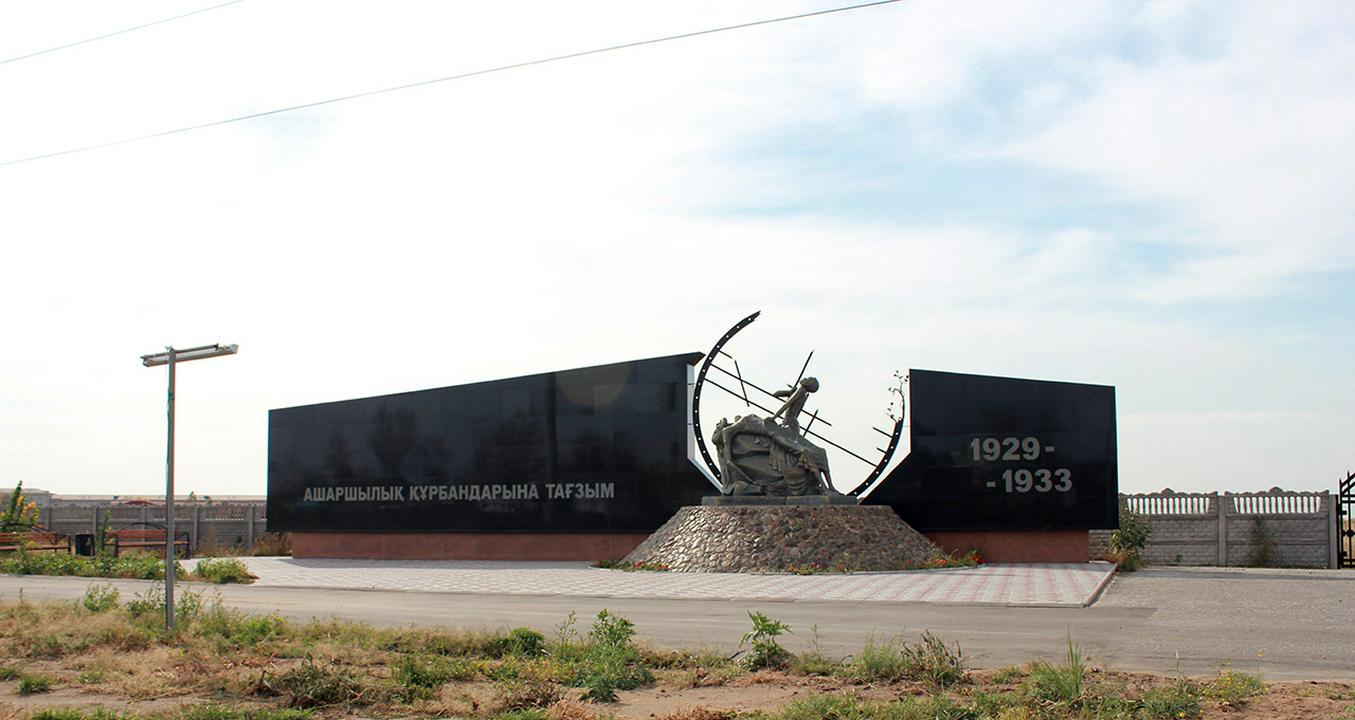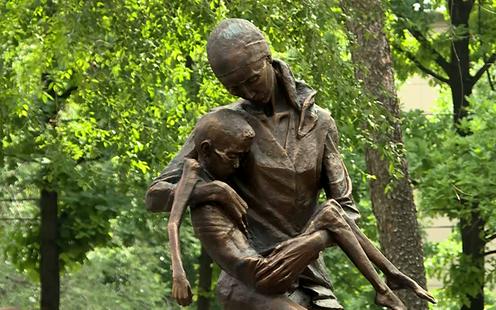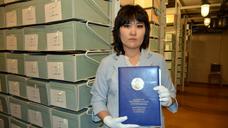The collectivisation of agriculture under the USSR led to millions of deaths around the Union, but it was Ukraine and Kazakhstan that suffered the most. In the former, by various estimates between 2.6 and 3.9 million people died; in the latter, the figure is at least one and a half million, 1.3 million of whom were ethnic Kazakhs. This means that a staggering one third of all Kazakhs vanished from the face of the earth during the famine (with another 600,000 fleeing into other union republics or abroad). When comparing these hugely tragic losses, it is striking how differently the two countries relate to their similar pasts. In Ukraine, people commemorate the collectivisation campaign as the Holodomor (“killing by hunger”) and consider it a deliberate genocide directed against the Ukrainian people. Monuments have been erected to the victims of the Holodomor in major towns and cities, and the number of memorials, plaques and other physical reminders of the famine around the country runs into the thousands.
In Kazakhstan, on the other hand, reminders of the famine have a very limited place in the public sphere, with monuments appearing only very recently in the major cities of Nur-Sultan and Almaty (2012 and 2017). At the official level, moreover, accusations of a planned genocide are almost never aired. The authorities speak of a tragedy, of the tragic mistakes and crimes of overly-zealous security forces operatives and party members placed in charge of collectivisation on the local level. Why such a difference? Why has one country opted for such a radical strategy (accusations of genocide against Russia), while the other has chosen the path of compromise and conciliation?
This is the question that the American political scientist James Richter, of Bates College, Maine, recently set out to answer. According to him, the answer to the question lies in different practices in the politics of memory employed by the two countries’ elites. Richter’s study “Famine, Memory, and Politics in the Post-Soviet Space: Contrasting Echoes of Collectivization in Ukraine and Kazakhstan” has been published in the academic journal Nationalities Papers.
The tragic events of the past live (and are comprehended) not simply automatically, of and for themselves, but through the active efforts of the state and of influential forces in society, who do all they possibly can to ensure that memories of the past do not remain confined to the sphere of the family and other private social networks, but are “imposed” on the whole population. In other words, public memories of the past do not simply exist, they are created, and function, like a machine, according to defined rules. The raising of monuments, the holding of demonstrations and the celebration of special public holidays create a “memory community” whose members share a common past and, consequently, a common national future. Such commemorations not only serve to define and unite an “us”, they also designate a foreign “other” and construct an image of the enemy.
When it comes to former socialist states, their relationship to the recent past has been described in a model developed by the scholars Michael Bernhard and Jan Kubik. According to this model, there are three types of memory regime: a “fractured” regime occurs when the public memory around a given topic is contested (in this case there is always at least one “mnemonic warrior” present in the public debate, for whom history is a way to draw a sharp distinction between those within the memory community and one or more designated hostile forces outside of it). The second type of regime, a “unified” regime, exists when all relevant actors are “mnemonic abnegators” – pragmatists for whom the past is either irrelevant or a distraction that deflects from the resolution of contemporary problems. The third type of regime occurs when there is a tolerant coexistence of different types of views of the past.
According to Bernhard and Kubik, political actors’ choices of one of these three regimes depend on a number of factors: the type of state socialism that existed prior to the transition (compare, for example, the regimes in Albania and Slovenia), the mode of exit toward a new way of life (revolution, civil war, or peaceful protests) and, finally, the depth of current political cleavages inside the country. For instance, authoritarian regimes based upon the old nomenklatura are more likely to opt for the second strategy and avoid fanning the flames of conflict around the past, seeing this as a danger to the country’s stability and future. One major flaw in this model, Richter argues, is that it fails to take into account cultural differences – variations in literacy levels, in the level of development of national sentiment, and the basic view of the USSR (as a barbaric government that set one’s homeland back in its historical development, or as a progressive force).
The famine of the 1930s in contemporary Kazakhstan and Ukraine: the facts
In both countries during the Soviet years, collectivisation was portrayed as a necessary, progressive measure, that both made rural life more just and paved the way for industrialisation. The famine was either passed over unmentioned or attributed to a bad harvest, to kulak machinations or to abuses by individual administrators on the local level. During the perestroika years, however, an alternative version quickly surfaced in Ukraine – that collectivisation was a planned genocide of the Ukrainian people perpetrated by Stalin. This theory spread to the USSR from the Ukrainian diaspora in the USA and Canada. Although professional historians treated the idea with reserve, writers, activists and other intellectuals immediately latched onto the theme and started to elaborate it. It entered the political arena as early as 1989, in the programme of the nationalist party “Rukh”.
James Richter argues that it is significant that the Holodomor did not enter Ukrainian public debate simply on its own, but as part of a single package together with admiration of the OUN (Organisation of Ukrainian Nationalists, a far-right ultranationalist political-military organisation established in 1929 – ed.), the UPA (Ukrainian Insurgent Army, a nationalist paramilitary group formed by the OUN during the Second World War – ed.) and Stepan Bendera as heroic opponents of the Soviet authorities who allegedly carried out the genocide. It may be that this has impacted on the lack of a critical stance towards the notion of the Holodomor as a deliberately anti-Ukrainian event: in 2007, more than 70% of the population in western and central Ukraine supported the idea, while in the south and east this figure was only 33%. Nevertheless, independent Ukraine’s first two presidents acted as “mnemonic abnegators” – perhaps unsurprisingly since their ruling coalition was composed of former party members, Komsomol graduates, industrialists and oligarchs, with little interest in the politicisation of the past and the “deployment” of the Holodomor as a weapon against Soviet/Russian imperialism.
All this changed with the Orange Revolution and the rise to power of Victor Yushchenko, who proved himself to be a true “mnemonic warrior”. Yushchenko not only managed to get the famine of the 1930s recognised as a genocide in 11 countries, he also demanded that all of Ukraine’s regions draw up a list of victims of the Holodomor. The Party of Regions (the main political force in the south and east) protested against the characterisation of the event as a genocide. More recently, the events of 2014 and after and the consolidation of a nationalist government have brought with them a change in the relationship to the Holodomor: by 2017, 65% of people surveyed in the south of Ukraine deemed the Holodomor a genocide, along with 56% of people in the east (while attitudes to the OUN and UPA remained negative). The Holodomor has ultimately become an important marker of Ukrainian national identity, regional conflicts notwithstanding.
In Kazakhstan, the first attempts at reappraising the country’s history also emerged in the years of perestroika. In 1988, the director of the Institute of History, Archaeology and Ethnography, Manash Kozybaev, organised a special conference and subsequently published an article in the Moscow journal Voprosy Istorii (Issues of History) in which he blamed the famine on the Stalinist regime – not as an enemy of the Kazakh people, however, but as the corrupter of true Leninist socialism. A commission under Kozybaev came to the same conclusions after independence, though with no mention made of any deliberate genocide of the Kazakh people. The idea was raised in some nationalist circles, but never attained the kind of widespread popularity that it did in Ukraine.
Unlike the leaders of Ukraine, Nazarbaev promoted the image of Kazakhstan as a progressive state, striving towards the future, where different ethnic groups share a common civic identity, their members coming together as Kazakh nationals. The regime talks more about the future than the past and is therefore less interested in commemorating the victims of the Soviet era. But even when working on the collective memory, Richter underlines, the Kazakh regime focuses not on the famine, from which it was primarily Kazakhs who suffered, but on political repression, which affected all of the country’s inhabitants.
The construction of memorials to the victims of famine, plans for which were drawn up back in 1990, was soon frozen. In 1997, Nazarbaev declared 31 May the Day of Remembrance for Victims of Political Repressions. The topic of famine disappeared to the fringes of public discussion. The situation began to change somewhat in the 2010s: the first memorial was erected in Astana, and the words “...and Famine” were added to the official title of 31 May. At the same time, the president underlined that Russia, Ukraine and Belarus also suffered from the famine. Finally, the much-delayed construction project was completed in Almaty too, as the monument designed back in 1990 was at last unveiled to the public. Why is it that things have changed just over the last decade? In the first place, Ukraine has carried out a successful “PR job” for the Holodomor on the international arena, giving a major boost to those interested in pushing the theme in Kazakhstan. Secondly, Richter suggests, increased discussion of the Soviet regime’s crimes against the Kazakh people is linked to a desire on the part of Astana to distance itself from Russia following the events of 2014.
Literacy and public memory
Thus the main reason for the contrasting approaches to the Holodomor in Ukraine and Kazakhstan is quite an obvious one – the political conflict between “nationalist” and “moderate” forces in the former, in contrast with Nazarbaev’s firm control over the elite in the second. But there are other, more intriguing aspects behind the differences, ones which go beyond the actions of the political “power vertical”.
Richter turns our attention to literacy levels among the wider populations: among the nomadic Kazakhs it was low, helping the Soviet regime to suppress collective remembrance and public discussion of collectivisation. There was almost no written testimony of what happened. In schools where the remaining Kazakhs were taught to read and write, students were fed the official version of events. And then urbanisation and industrialisation further distanced many of the country’s inhabitants from the world that the famine of the thirties had so irremediably destroyed. In Ukraine, the situation was rather different. The areas that suffered most from the Holodomor, it is true, were the eastern and central districts of the republic, rural and “voiceless”. On the other hand, there were high levels of literacy and a developed national identity in western Ukraine, which was not even part of the USSR in the 1930s. The great irony of history lies in the fact that the “westerners” (zapadentsy – used to refer to those who come from Western Ukraine – ed.) acquired their awareness of the Holodomor from the Ukrainian diaspora in the US and Canada, and already in the 1990s they made it one of the components of their national ideology, which they have since spread to the whole of the Ukraine – literally teaching the central and eastern parts of the country how to relate to the Holodomor.
So what further developments can we expect in the future? Kazakhstan’s experience shows that rapid changes in the international arena can lead to seismic shifts in public memory. The success of the Holodomor as a Ukrainian project, Richter argues, has already had a noticeable influence within Kazakhstan. With Nazarbaev’s retreat into the background and increasing competition for power between different sections of the Kazakh elite, the politicisation of the famine is only likely to become more and more pronounced in Central Asia’s largest country.
Artyom Kosmarsky
Translated by Nick L.
-
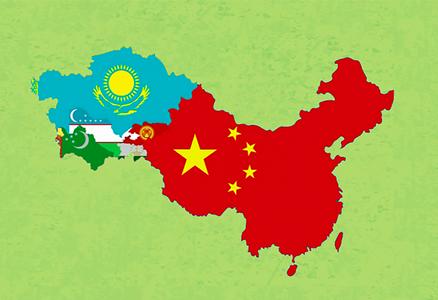 17 September17.09Risky PartnershipWhy Dealing with China Is Harder Than It Seems at First Glance
17 September17.09Risky PartnershipWhy Dealing with China Is Harder Than It Seems at First Glance -
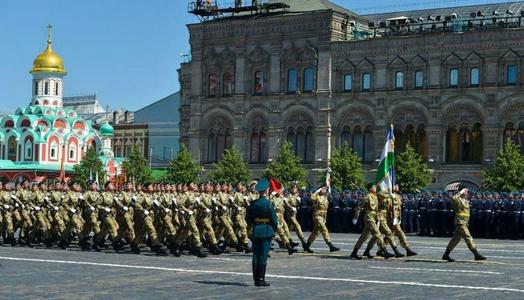 25 June25.06VideoAn Uzbek firstTashkent sends troops to Russia’s Victory Day Parade for the first time. There they took part alongside their neighbours
25 June25.06VideoAn Uzbek firstTashkent sends troops to Russia’s Victory Day Parade for the first time. There they took part alongside their neighbours -
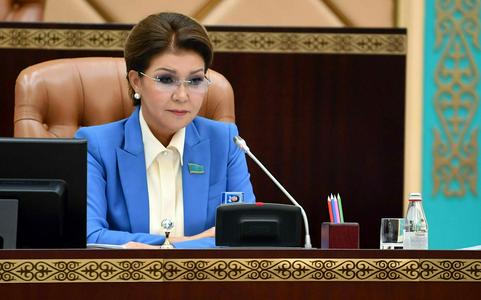 05 May05.05With Daddy’s blessingPolitical analysts on Toqaev’s sudden decision to remove Dariga Nazarbaeva from office
05 May05.05With Daddy’s blessingPolitical analysts on Toqaev’s sudden decision to remove Dariga Nazarbaeva from office -
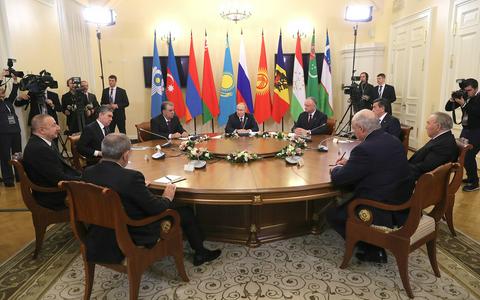 12 March12.03Russia’s presidential term reset – a master class from its neighboursFor Putin’s CIS colleagues, extending one’s rule through constitutional amendments is an old trick
12 March12.03Russia’s presidential term reset – a master class from its neighboursFor Putin’s CIS colleagues, extending one’s rule through constitutional amendments is an old trick -
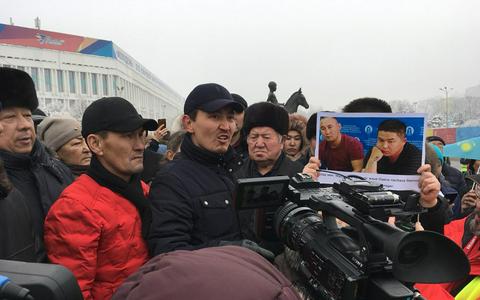 16 December16.12PhotoMemorial flowers and riot vansKazakhstan celebrates its Independence Day
16 December16.12PhotoMemorial flowers and riot vansKazakhstan celebrates its Independence Day -
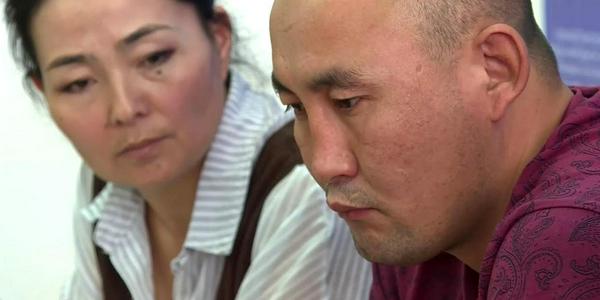 10 December10.12Death sentence for the Kazakh brotherWhat matters more to Kazakhstan: friendship with the “great neighbour” or human rights?
10 December10.12Death sentence for the Kazakh brotherWhat matters more to Kazakhstan: friendship with the “great neighbour” or human rights?
